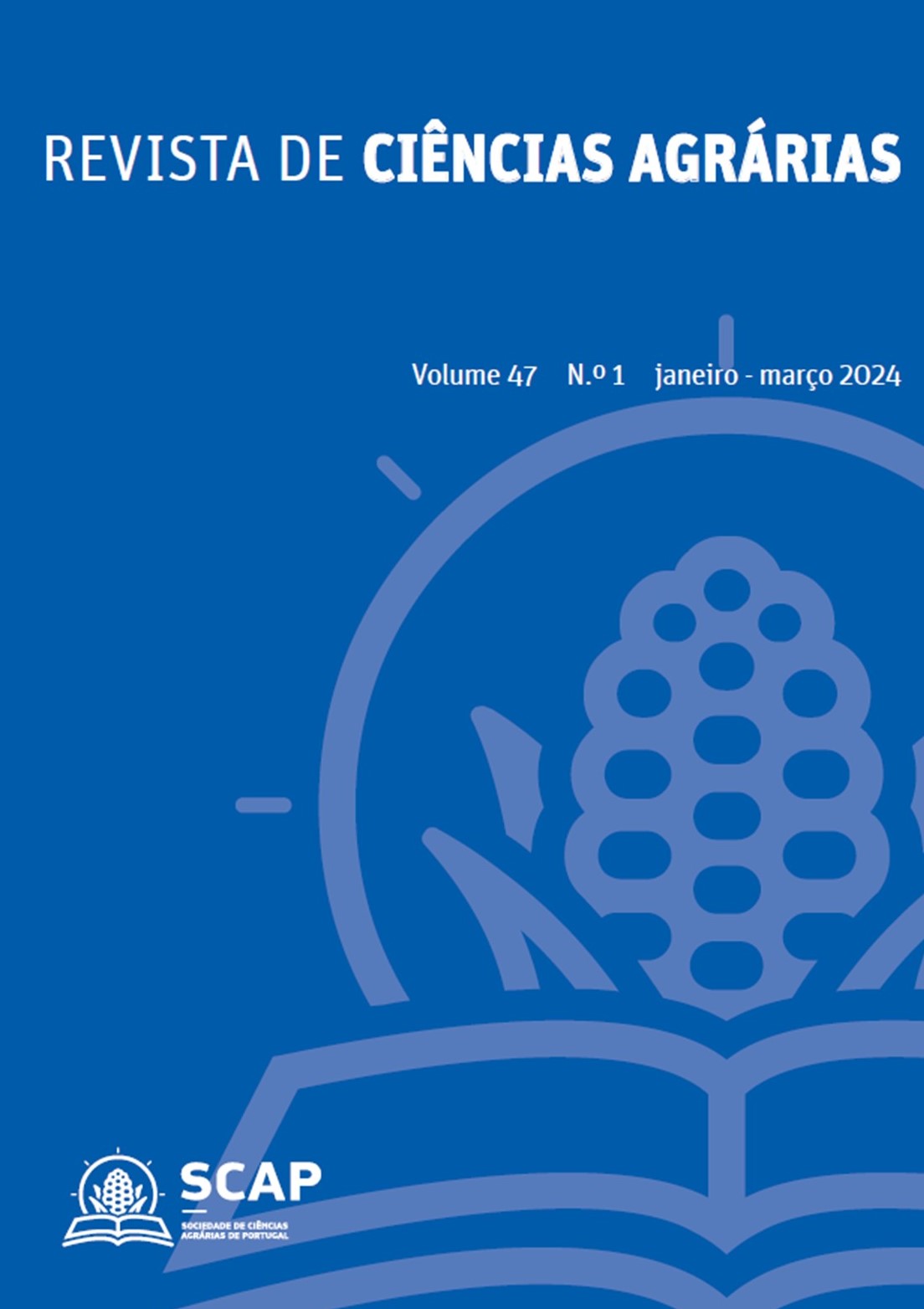Cropping system influences in weed – crop competition
DOI:
https://doi.org/10.19084/rca.34954Abstract
The resource pool diversity hypothesis (RPDH) posits that organic systems that include diverse crop rotations, green manure and organic fertilisers have a greater diversity of resource pools that can alleviate weed – crop competition compared to conventional systems. To test the RPDH, wheat (Triticum aestivum) and wild oats (Avena sterilis) in winter, and maize (Zea mays) and Palmer amaranth (Amaranthus palmeri) in summer, were grown in pots in soils from organic (ORG) and conventional (CONV) fields, with contrasting number of estimated resource pools. A replacement series design with proportions of crop: weed of 0:1, 0.25:0.75, 0.5:0.5, 0.75:0.25 and 1:0 was used. Half of the pots received an organic-mineral fertiliser (F) and the other half did not (NF). Aerial biomass of all plants was measured. Relative Crowding Coefficient (RCC) and the product of RCC (RCCP) for each crop and weed biomass were estimated by modelling the biomass across crop:weed proportions. RCCP larger than one was used as an indicator of overyielding. In the winter experiment, wheat always outcompeted wild oats and we did not detect overyielding across fields with different number of pools, system or fertiliser. In the summer experiment, we found overyielding in ORG NF fields. Functionally different species like maize and Palmer amaranth may have been extracting nutrients from diverse pools in organic NF fields whereas with the addition of fertiliser, Palmer amaranth outcompeted maize. Biomass of monoculture crop and weed in both experiments was positively correlated with number of estimated pools. Our results provide support for the RPHD but only for the two tested functionally different species.


